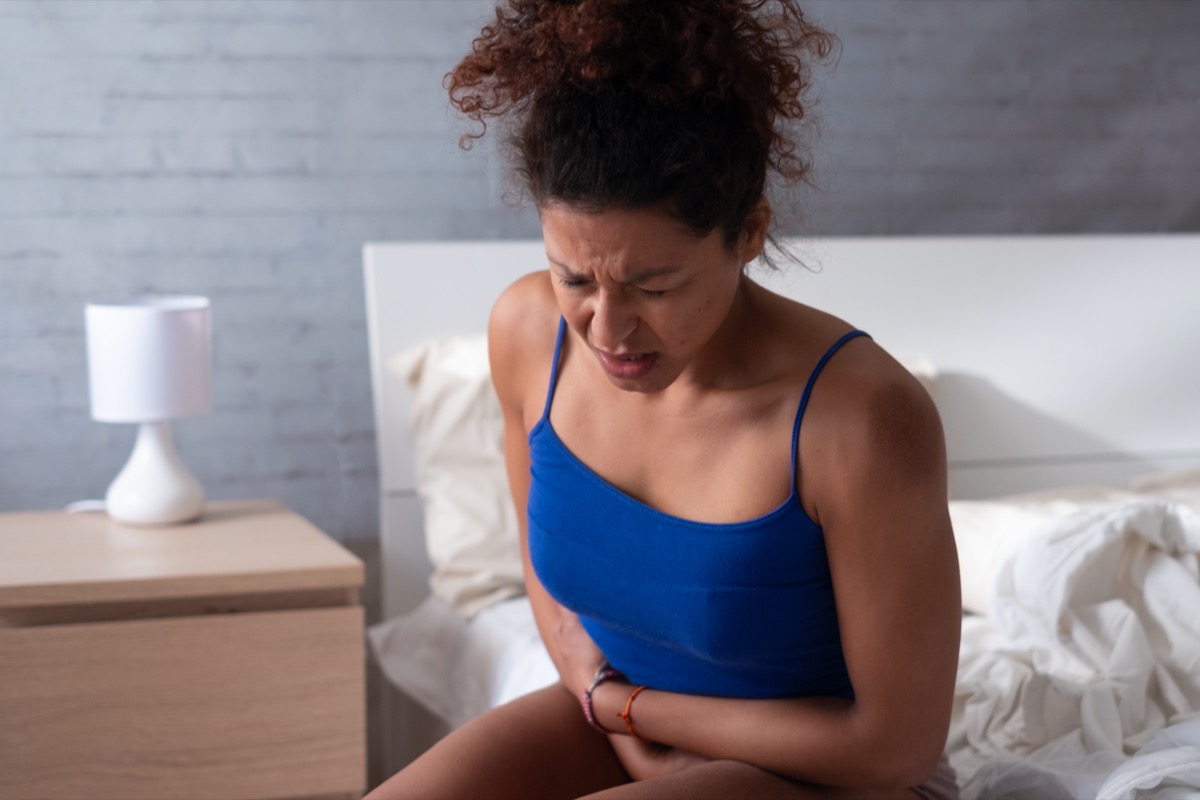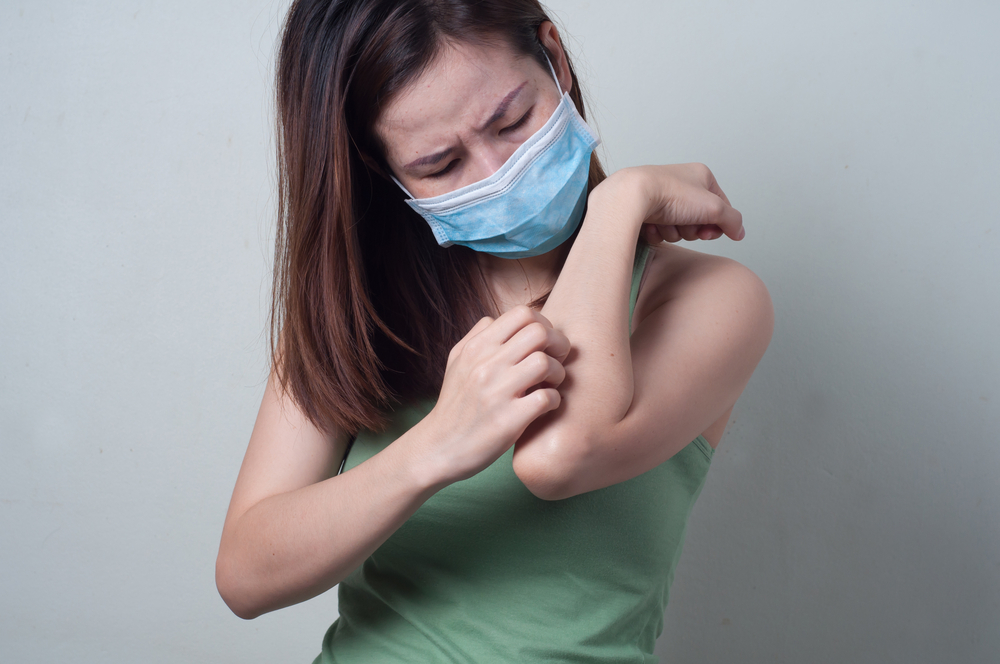According to a Dec. 2020 study published in PLOS One, trained dogs can actually detect coronavirus in humans by sniffing sweat from their armpits. In the study, 177 individuals—95 of whom had symptomatic cases of COVID-19 and 82 of whom neither tested positive for COVID-19 nor had symptoms of the virus—had their underarm sweat tested by a group of six dogs trained in scent-based detection. Three of the dogs involved in the study had been trained to sniff out explosives, two were trained in colon cancer detection, and one had been trained as a search and rescue dog. The dogs were then trained to detect COVID by smelling a COVID-positive sweat sample and subsequently being asked to sniff out the same scent in a randomized lineup of COVID-positive and COVID-negative underarm sweat samples. To indicate the presence of COVID, the dogs were trained to sit in front of the positive samples. Among the group of six dogs trained to do so, accuracy rates for sniffing out COVID ranged between 76 percent and 100 percent. Based on these findings, the study’s authors concluded that, in areas of the world where an insufficient supply of medical tests for COVID is available or access to said testing is limited, “exploring the possibility of using dog olfactory detection as a rapid, reliable and cheap ’tool’ to pre-screen people or perform rapid checking in certain circumstances is important.” However, there are countless other indicators that you might have the virus—read on to discover which subtle symptoms may indicate you’re COVID-positive. And if you’re worried about your risk, If You Have These 2 Subtle Symptoms, There’s a Good Chance You Have COVID. Read the original article on Best Life. If you’re worried you might have COVID, a loss of taste and smell is a good indication that’s the case. According to a Dec. 2020 study published in Neurology Clinical Practice, 63 percent of COVID-positive individuals studied experienced a loss of taste and smell, with 22 percent of that population experiencing it as their initial symptom. And for more symptoms to look out for, check out This Is How to Tell If Your Cough Is COVID, Doctors Say. Coronavirus symptoms extend well beyond your respiratory system, frequently affecting the digestive tract, as well. A March 2020 study published in the American Journal of Gastroenterology reveals that, among a group of 204 COVID-positive individuals, 50.5 percent experienced digestive symptoms including diarrhea, vomiting, and loss of appetite. And for the latest coronavirus news delivered to your inbox, sign up for our daily newsletter.ae0fcc31ae342fd3a1346ebb1f342fcb Riding out nine months of a pandemic with few available opportunities for socializing or other diversions isn’t the only thing that might be making you feel especially run down these days. A Nov. 2020 review of research published in PLOS One reveals that up to 46 percent of COVID-positive individuals studied presented with fatigue. Unfortunately, that exhaustion doesn’t always go away when the virus does. Researchers also found that more than half of the COVID-positive individuals studied were still experiencing fatigue 10 weeks after their first symptoms occurred. And for more on where COVID is spreading fastest, check out Almost All COVID Transmission Is Happening in These 5 Places, Doctor Says. Skin changes are a surprisingly common—and perplexing—manifestation of COVID, experts say. According to a Mar. 2020 study published in the Journal of The European Academy of Dermatology and Venerology, among a group of 88 COVID patients studied, 20.4 percent had dermatological manifestations of the disease. And if you want to protect yourself, know that This One Common Item in Your House Could Be Spreading COVID, Study Finds.



